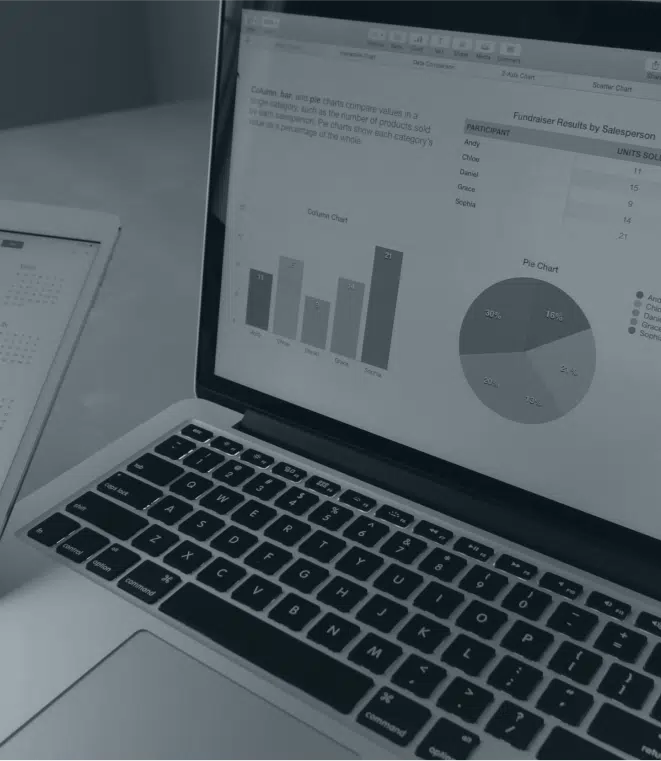What is RPA and what is its scope?
Robotic process automation (RPA) is a software technology that facilitates building, developing, and managing software that emulates humans’ actions interacting with digital systems and software. Software robots can perform activities and understand what’s on a screen, complete sentences and keystrokes, explore systems, recognize, classify and extract data, and perform a wide range of defined actions. The difference is that software robots can do it faster and more accurately compared to human actions, and without taking a break.
What are some of the benefits of RPA?
When thinking about gaining customers, low prices are a top competition factor for any business, and by cutting your business process costs significantly you are able to offer competitive prices.
In doing so, it’s possible to overtake your competitors with digital speed and better financial results.
Cost Reduction: As far as saving stats, there are registered cost reductions of between 25-80% on current operational costs. For example, RPA can cut costs for financial service companies by up to 70% according to KPMG Company.
Personnel Reduction: Human talent cost reduction is a fact when implementing RPA. The cost of 1 robot is 3 times lower than the cost per full-time employee dealing with high-volume tasks.
Increases quality: Automation and AI handle daily tasks in a highly effective and error-free way, which is consequently reflected in the quality of the services you offer, bringing real savings into your business.
Motivates employees: When robots do these types of repetitive, high-volume tasks, humans are free to focus on relevant and high-skilled tasks and enjoy innovating, collaborating, creating, and interacting with customers. This benefits all companies with higher productivity, efficiency, talent retention, and resilience.
In fact, Robotic process automation defines workflows, transforming organizations into more profitable, flexible, and responsive. It also increases employee satisfaction, engagement, and productivity by removing monotone and repetitive tasks from their workdays.
Why is RPA required in any growing organization?
Many companies are asking themselves whether they should implement RPA, but the right question to ask is, what is the best way to implement RPA and AI to have your firm grow successfully.
RPA is the clean way of following the processes once implemented and won’t affect the current processes, as it can be rapidly introduced to accelerate digital transformation. This is also ideal for automating workflows that involve legacy systems that lack APIs, virtual desktop infrastructures (VDIs), or database access.
RPA technology is changing how the world gets work done because software robots are the ones doing the repetitive and lower-value work, such as logging into systems, organizing files and folders, deleting, copying, and inserting data, filling in forms, and completing routine analyses and reports.
Not only that, but, advanced robots can even perform cognitive processes, like interpreting text, answering chats and conversations, understanding unorganized data, and applying advanced machine learning models to make complex decisions.
How is RPA implemented in a firm?
At Abrisuite, we analyze where RPA would work best. It’s recommended to start with areas that are most labor-intensive or repetitive. This may include low-skilled tasks with high turnover.
Your company needs to assess the current quality of data and figure out, whether you are retrieving manually or with a partial manual system such as Microsoft Excel reports, what the error rate is, in order to determine how RPA can assist you to smooth the processes for better reports and consequently better decision making.
Abrisuite will also assist you to better understand what the customer experience is with regards to your company to best determine their demands in terms of service, speed, and solutions. Mapping out the demand will guide your company to spot the trend and analyze clients’ preferences that you can cover with the assistance of enhanced robotics.
Another thing that will be determined prior to implementing RPA is your Talent Acquisition strategy for meeting the new technology needs in order to decide if you will retrain your current staff or hire third-party operators for new machines or software.
How much can I save with Abrisuite RPA implementation?
The amount that you can save will depend on your current processes and error-rate, and your company’s growth and expectations. However, all of our experiences and market studies are showing that there is no better way to start saving and taking out costs rather than cleaning processes and delegating the repetitive and monotonous tasks to Automation and robotics. This is the only path to grow significantly and still respond to your customer’s demands in speed and solutions. As you will appreciate in the chart below, the Cost Reduction rate is between 40% and 75%.
Book a consultation call about implementing RPA and start taking advantage of it in your business. Let’s get started.


